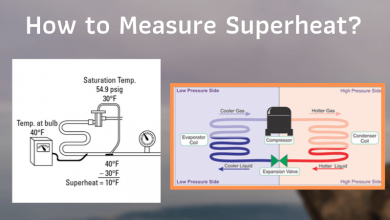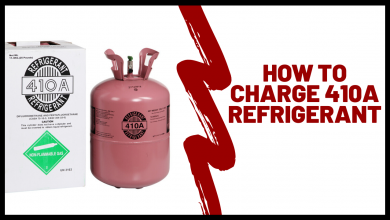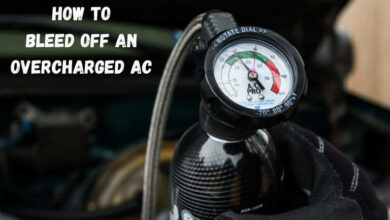How to Remove Refrigerant from Car AC? – Discharge it Easily

Are you one of those automobile enthusiasts who love taking care of their car all by themselves? Do you have some repairs to do? Are you wondering how to remove the refrigerant from the car AC without having to call for help? If the answer is yes to all, you have come to the right place.
In this article, we are going to walk you through the process of removing refrigerant without professional help or equipment besides a wrench or a hex key.
How to Remove Refrigerant from Car AC?
Before we start, we would like to say that this is possible only through a workaround wherein you place the refrigerant in the evaporator section until you are ready to reload. This will help you save both, money and time, which you would otherwise spend on renting equipment and setting it up. Let’s go then:
- Switch the indoor thermostat off.
- Locate the low-pressure side of your refrigerant and the suction side of the compressor. You will find the latter in the condensing unit. Your job is to connect these two.
- Use your wrench to close the service valve that you will see on the condensing unit’s low-pressure side. Depending on the valve, you may need a hex key instead of a wrench.
- Now, close the high-pressure side’s service valve just slightly. Do not close it all the way. Let the hex key be where it is.
- Focus on the compressor now, and engage it with a low-voltage jumper.
- Watch the low-pressure valve as it empties.
- The moment it reaches vacuum, close the service valve instantly.
- Now, de-energize the compressor (opposite of step 5)
You are done!
Note: You must be very quick through the final steps (from step 7 to 8). Delays in these steps could damage your compressor. So, make sure you are focused and quick. If you need help with some steps, have a friend or family member be with you during the process.
Removing refrigerant from the car AC is a simple process that doesn’t really need professional guidance. However, if you have never done such DIY projects before and are unsure of the process, parts, and mechanisms, we would recommend that you call the experts. Any mistakes could lead to serious consequences, which we are sure you are not going to like.
All the best! Do let us know if this guide helped you.





